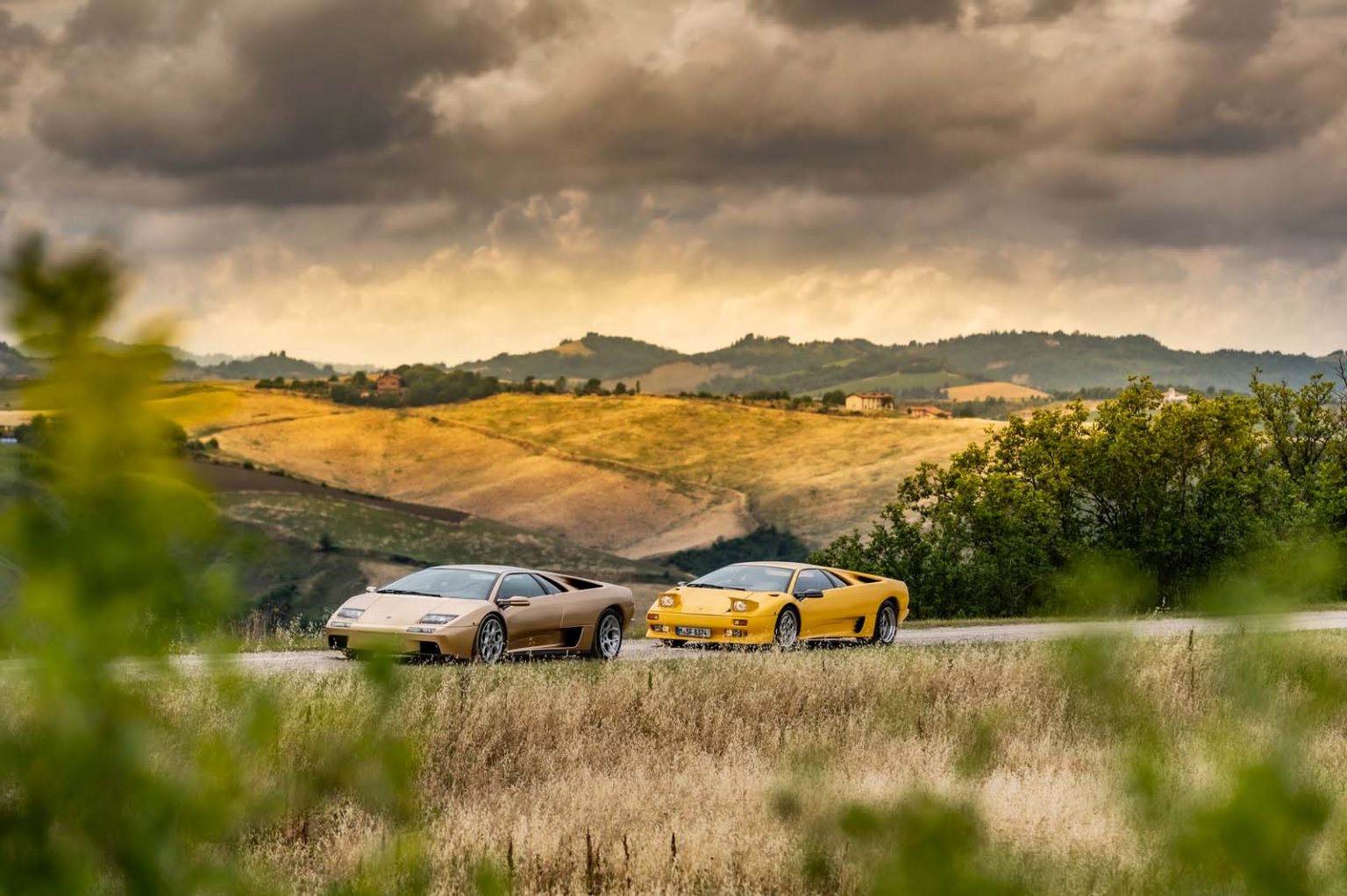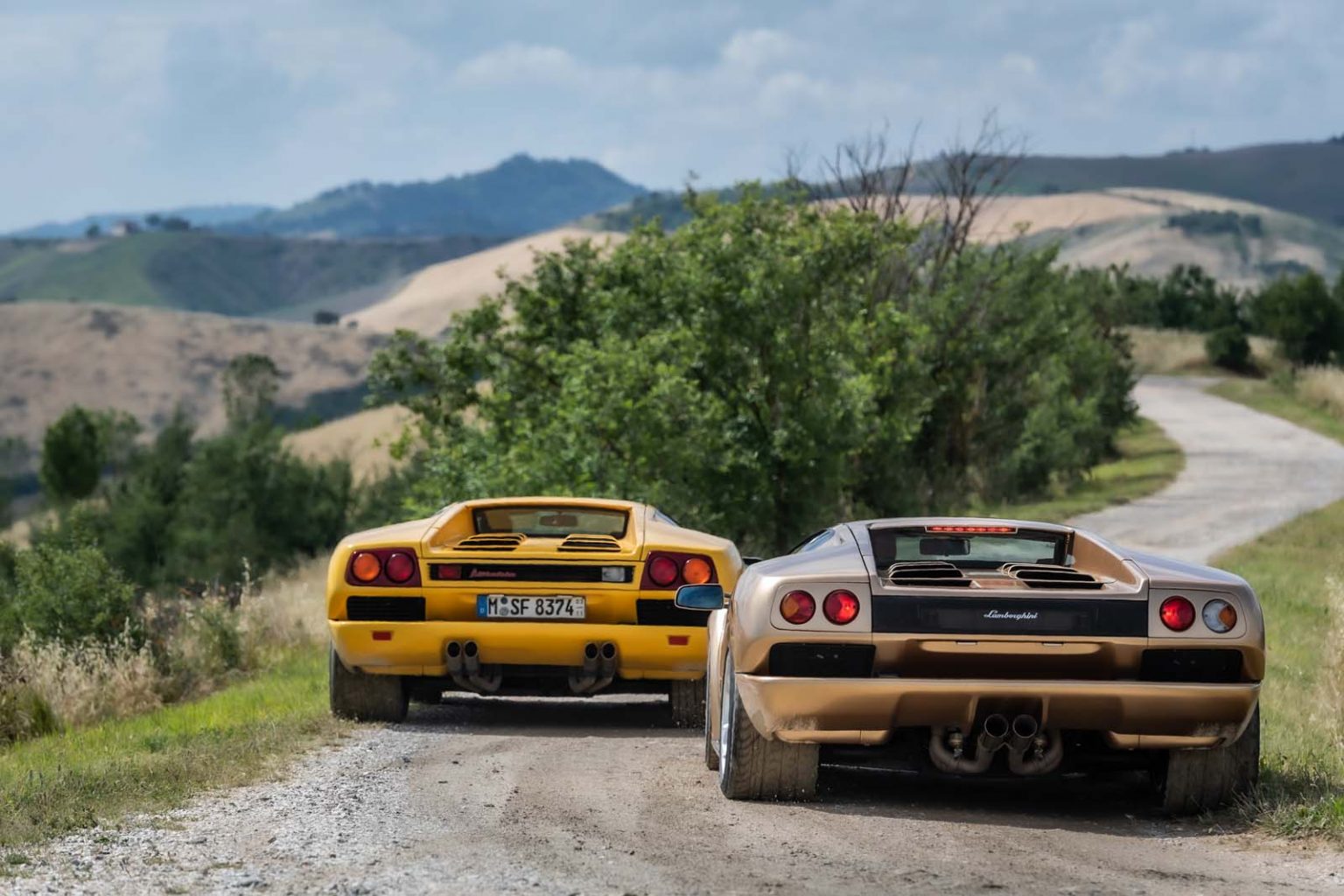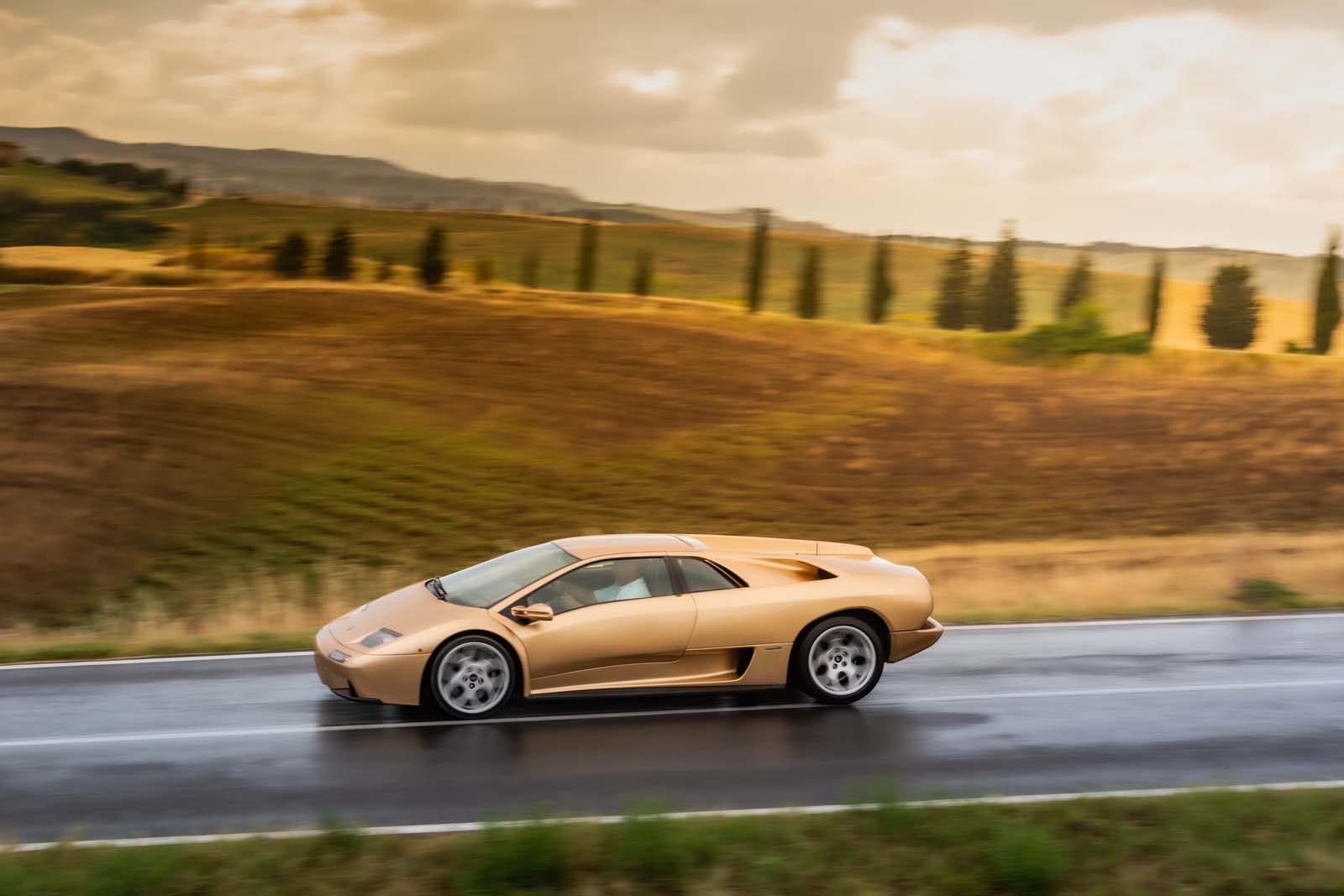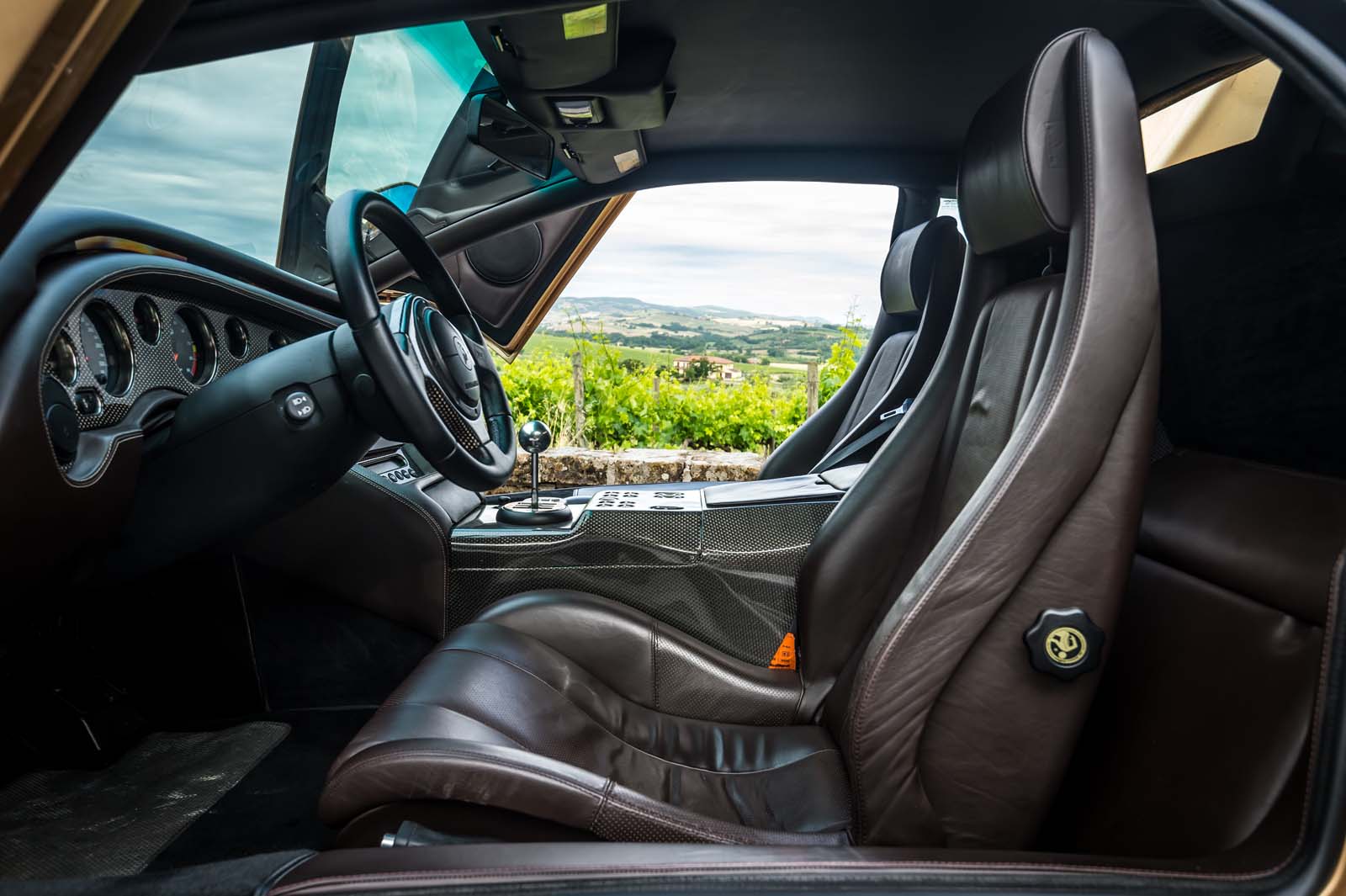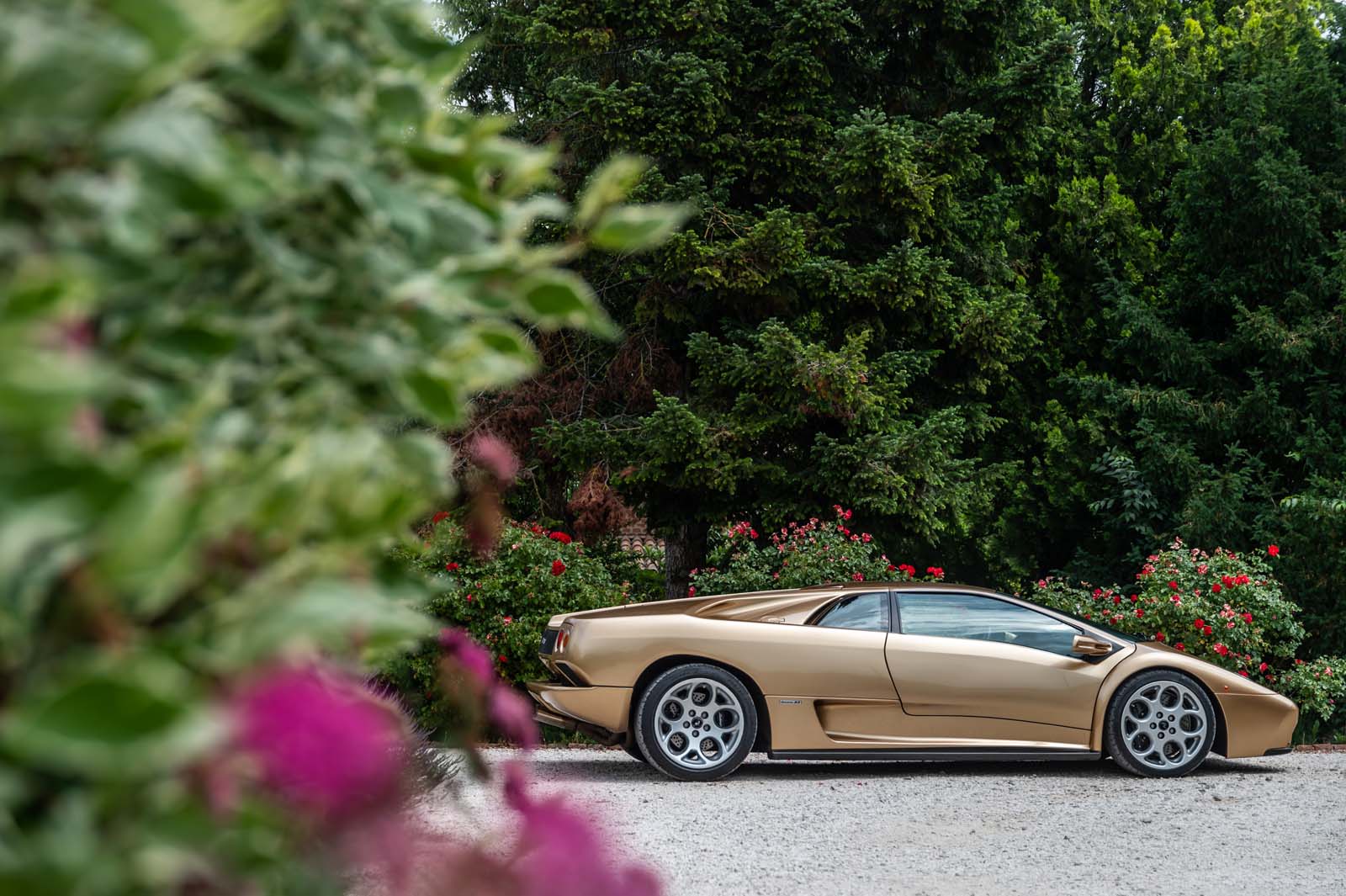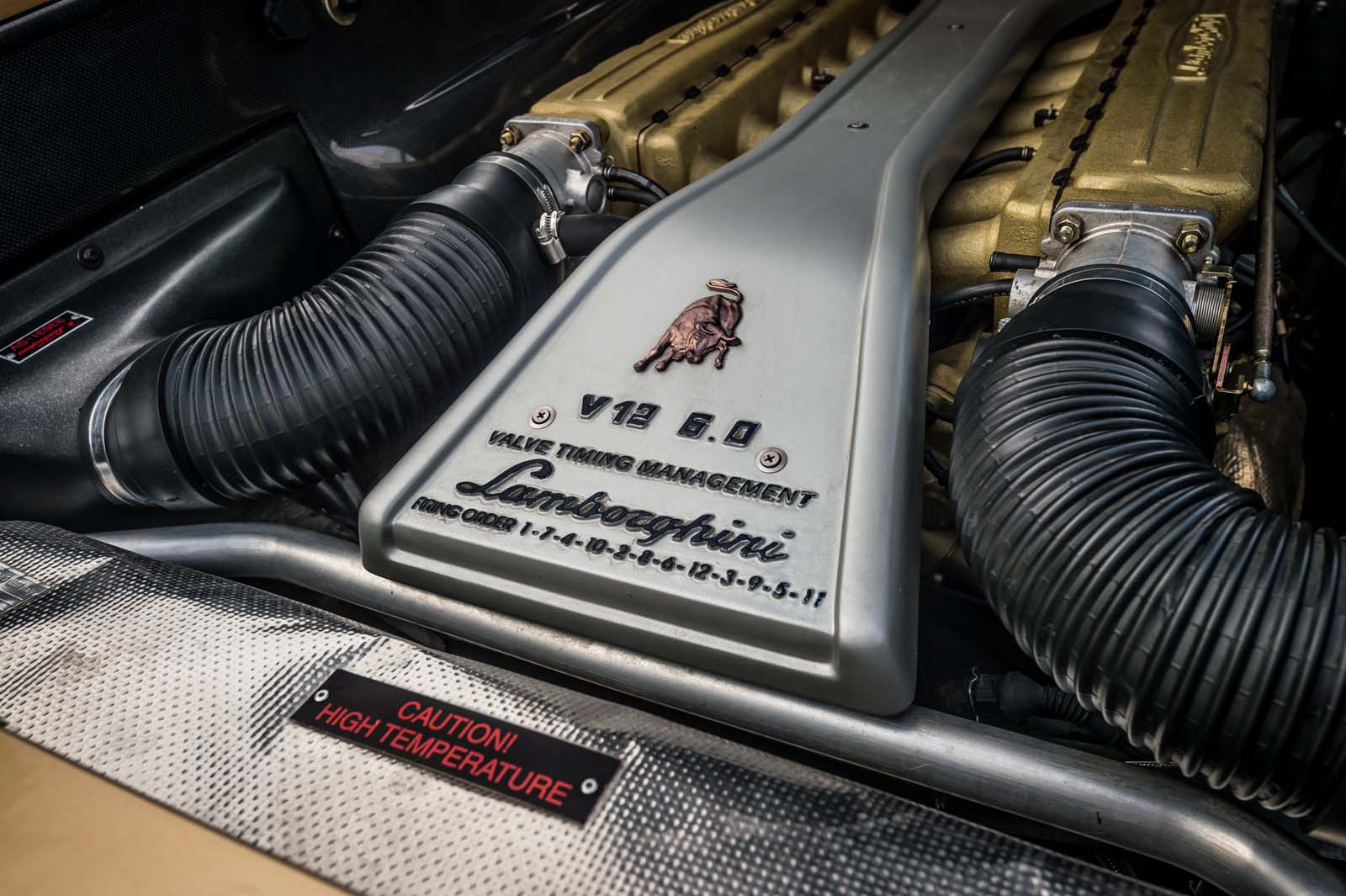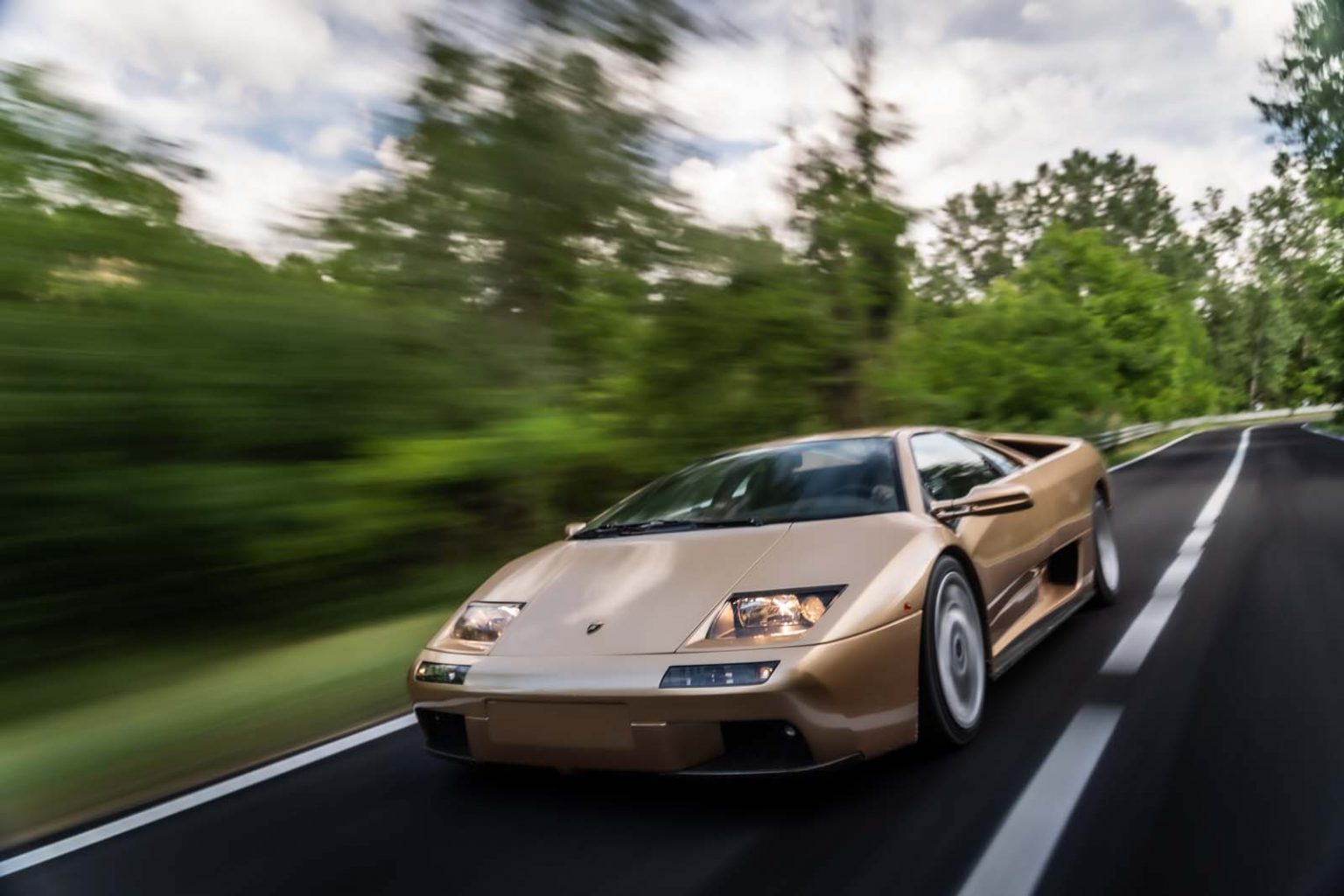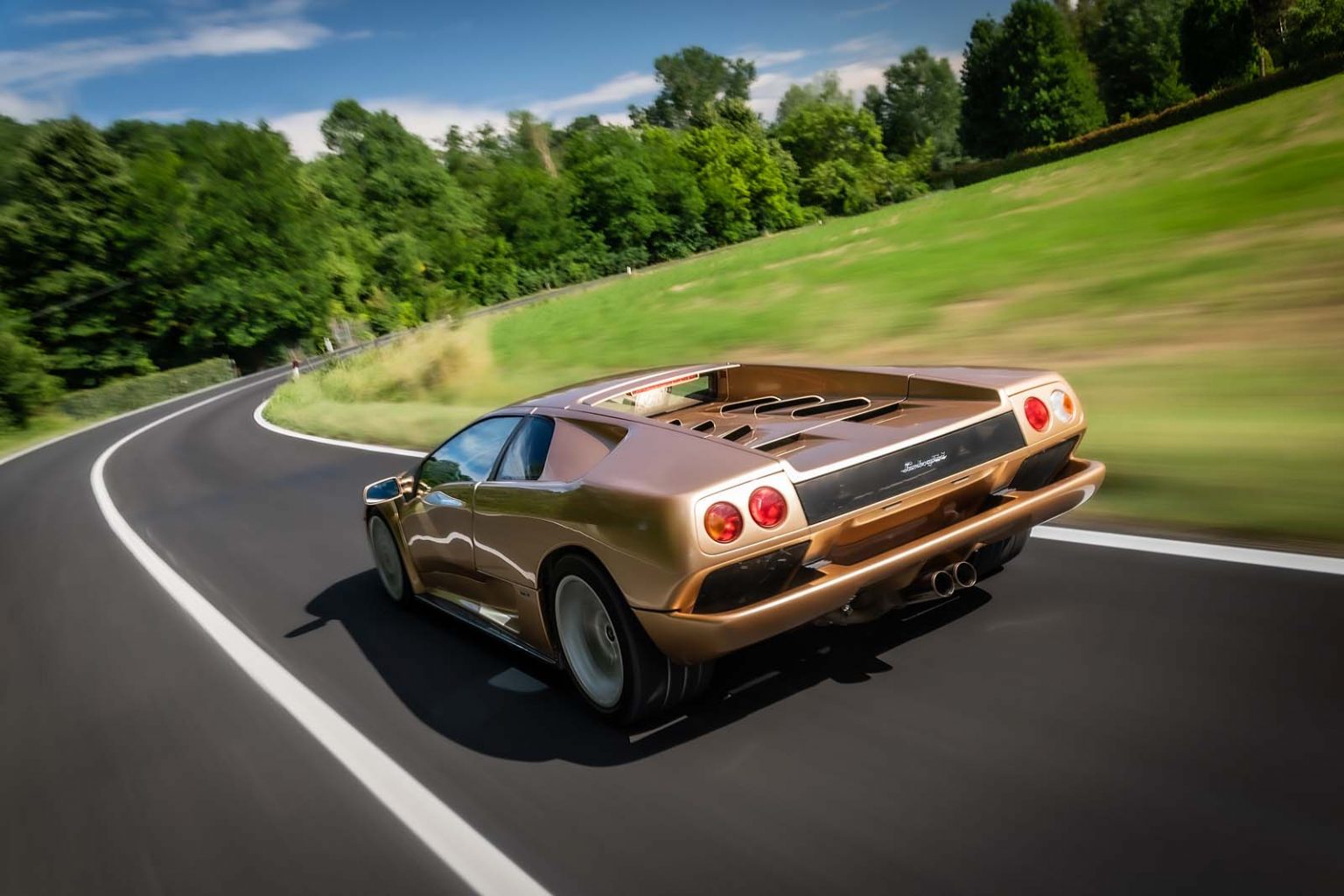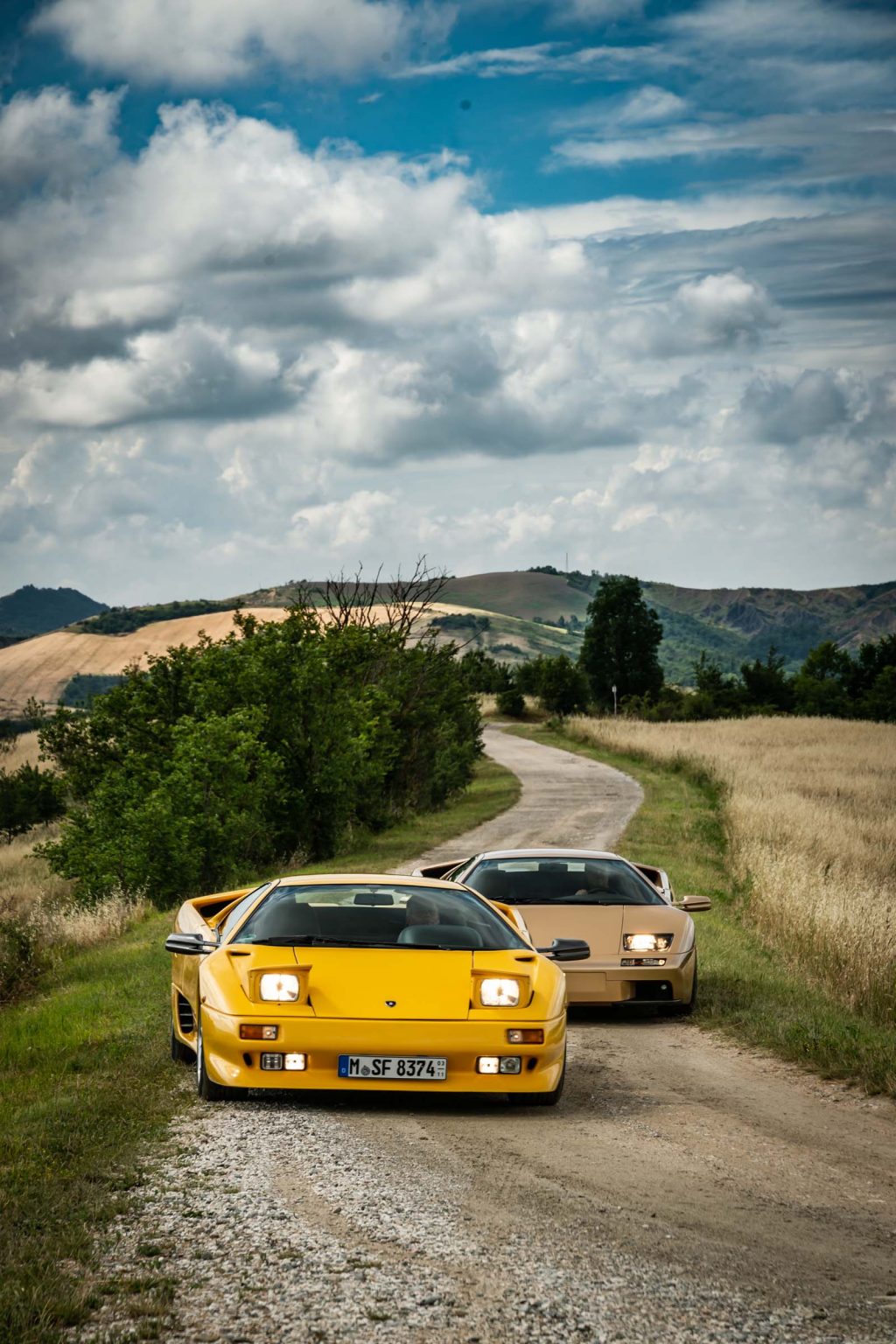
Lamborghini Diablo Anniversary, 30 Years Since The Countach Replacement In 1990
The Lamborghini Diablo is 30 years old. The Diablo was introduced in 1990and means this year there are three significant anniversaries for Lamborghini. See the articles for the Jarama GT and Urracco.
Work began back in 1985, codenamed Project 132, with the aim of replacing the Countach. The top of the Lamborghini range at the time.
Marcello Gandini was charged with the task of creating the clean but aggressive lines of the new car. This was revised a little by Chrysler’s design centre as by then they became the majority shareholder of Automobili Lamborghini.
The Lamborghini Diablo is 30 years old. The Diablo was introduced in 1990 and means this year there are three significant anniversaries for Lamborghini. See the articles for the Jarama GT and Urracco.
Work began back in 1985, codenamed Project 132, with the aim of replacing the Countach. The top of the Lamborghini range at the time.
Marcello Gandini was charged with the task of creating the clean but aggressive lines of the new car. This was revised a little by Chrysler’s design centre as by then they became the majority shareholder of Automobili Lamborghini.
When launched the Diablo was officially the fastest production car in the world. The top speed of 325 km/h or 203.1 mph putting it ahead of the competition. Dynamically the car impressed too. Rally driver Sandro Munari was involved in the development work of the chassis.
Lamborghini fitted the classic V12 engine, with a 5.7 litre capacity developing 485 HP and 580 Nm or torque. It featured four overhead camshafts, four valves per cylinder and multi point electronic injection.
Even though the cabin was luxuriously trimmed, a leather interior, air conditioning, electric windows and electrically adjustable seats, the Diablo is still a hardcore sports car. No driving aids and rear wheel drive only to start with. Power steering wasn’t available until 1993 along with the introduction of electronic driver aids.
1993 also saw the introduction of the VT, the first Lamborghini GT car to be fitted with four wheel drive. There were many mechanical improvements and styling changes which would filter down to the two wheel drive cars too.
That year the special SE30 series, with a power increase to 523 HP, was presented to commemorate 30 years since the launch of the company.
The SV version followed in 1995 as two-wheel drive only with 510 HP and an adjustable rear wing. Later that year the Diablo VT Roadster appeared as Lamborghini’s first open topped mass produced 12 cylinder car.
When launched the Diablo was officially the fastest production car in the world. The top speed of 325 km/h or 203.1 mph putting it ahead of the competition. Dynamically the car impressed too. Rally driver Sandro Munari was involved in the development work of the chassis.
Lamborghini fitted the classic V12 engine, with a 5.7 litre capacity developing 485 HP and 580 Nm or torque. It featured four overhead camshafts, four valves per cylinder and multi point electronic injection.
Even though the cabin was luxuriously trimmed, a leather interior, air conditioning, electric windows and electrically adjustable seats, the Diablo is still a hardcore sports car. No driving aids and rear wheel drive only to start with. Power steering wasn’t available until 1993 along with the introduction of electronic driver aids.
1993 also saw the introduction of the VT, the first Lamborghini GT car to be fitted with four wheel drive. There were many mechanical improvements and styling changes which would filter down to the two wheel drive cars too.
That year the special SE30 series, with a power increase to 523 HP, was presented to commemorate 30 years since the launch of the company.
The SV version followed in 1995 as two-wheel drive only with 510 HP and an adjustable rear wing. Later that year the Diablo VT Roadster appeared as Lamborghini’s first open topped mass produced 12 cylinder car.
1999 saw the purchase of Automobili Lamborghini by the Audi Group. They unveiled the restyling of the Diablo SV, which was done by Lamborghini’s first in house designer, Luc Donckerwolke.
All three models followed the same modernisation process, receiving a restyled exterior and revamped interior. Mechanical changes took place too, with power increases to 529 HP and 605 Nm of torque. this was largely down to using a variable valve lift system. and for the first time on a Lamborghini, anti-lock brakes.
There was one final version, a special series or for competition 6 litre. The rather stunning bronze car in the pictures is one of these.
This was Lamborghini’s most produced car to date with 2903 units in total and remained in production until 2001 when replaced by the Murciélago.
Total units produced by model:
Diablo: 1990-1998, 873
Diablo VT: 1993-1998, 529
Diablo SE:1993-1994, 157
Diablo SV: 1995-1999, 346
Diablo VT Roadster: 1995-1998, 468
Diablo SVR: 1996, 34
Diablo GTR: 1999-2000, 32
Diablo 6.0: 2000-2001, 337
Diablo 6.0 SE: 2001, 44
Diablo GT: 1999-2000, 83
